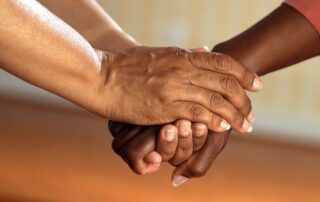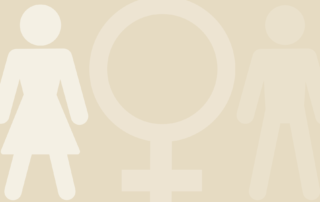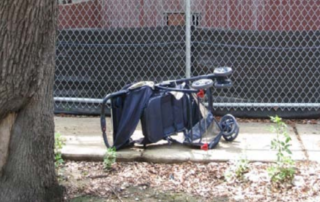Breadwinner Mothers by Race/Ethnicity
The large majority of mothers in the United States are in the labor force making their economic contribution vital for their families’ economic security. One in two of the over 30 million families with children under 18 in the United States have a breadwinner mother, who is either a single mother, irrespective of earnings, or a married mother contributing at least 40 percent of the couple’s joint earnings;











